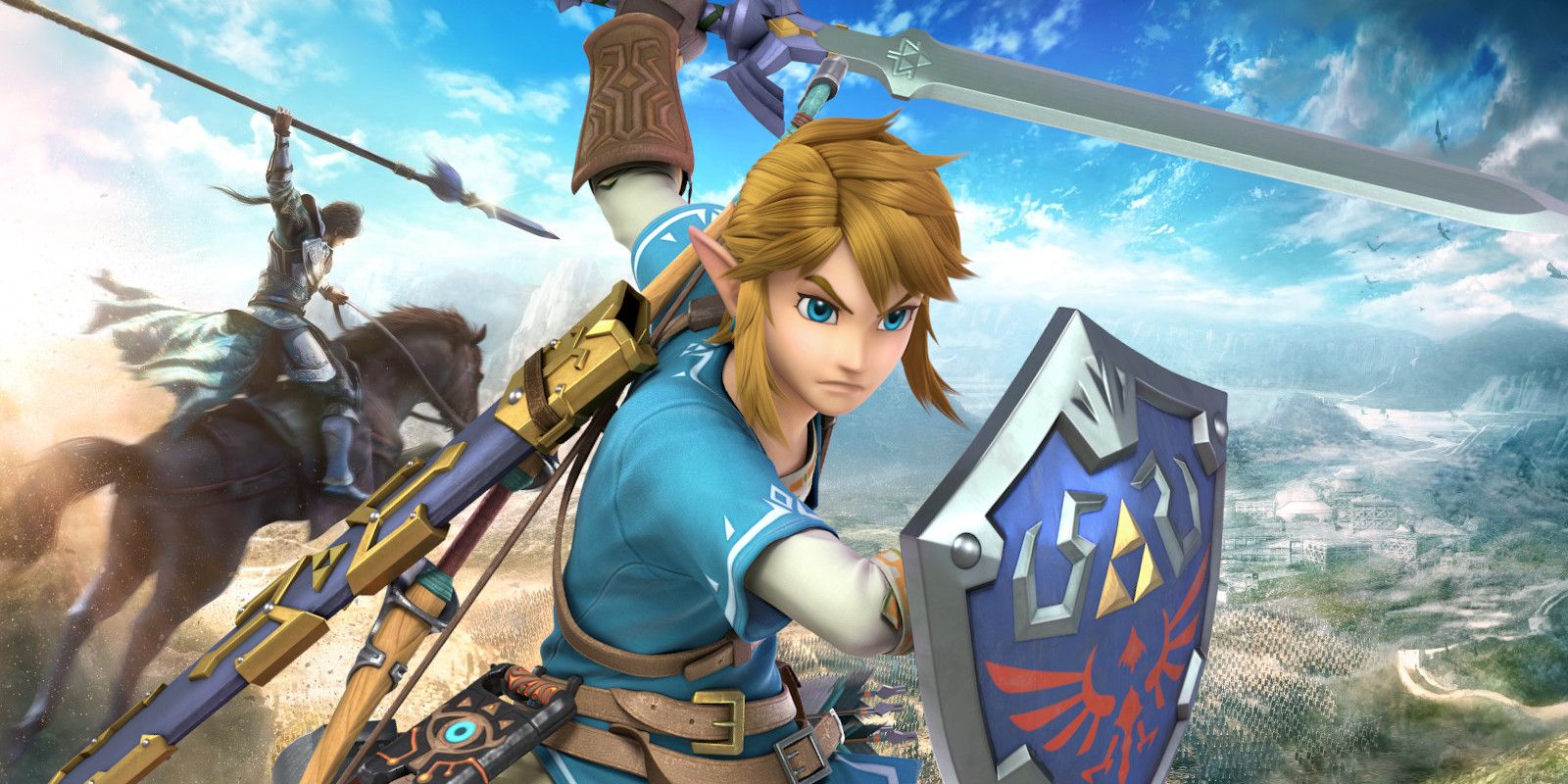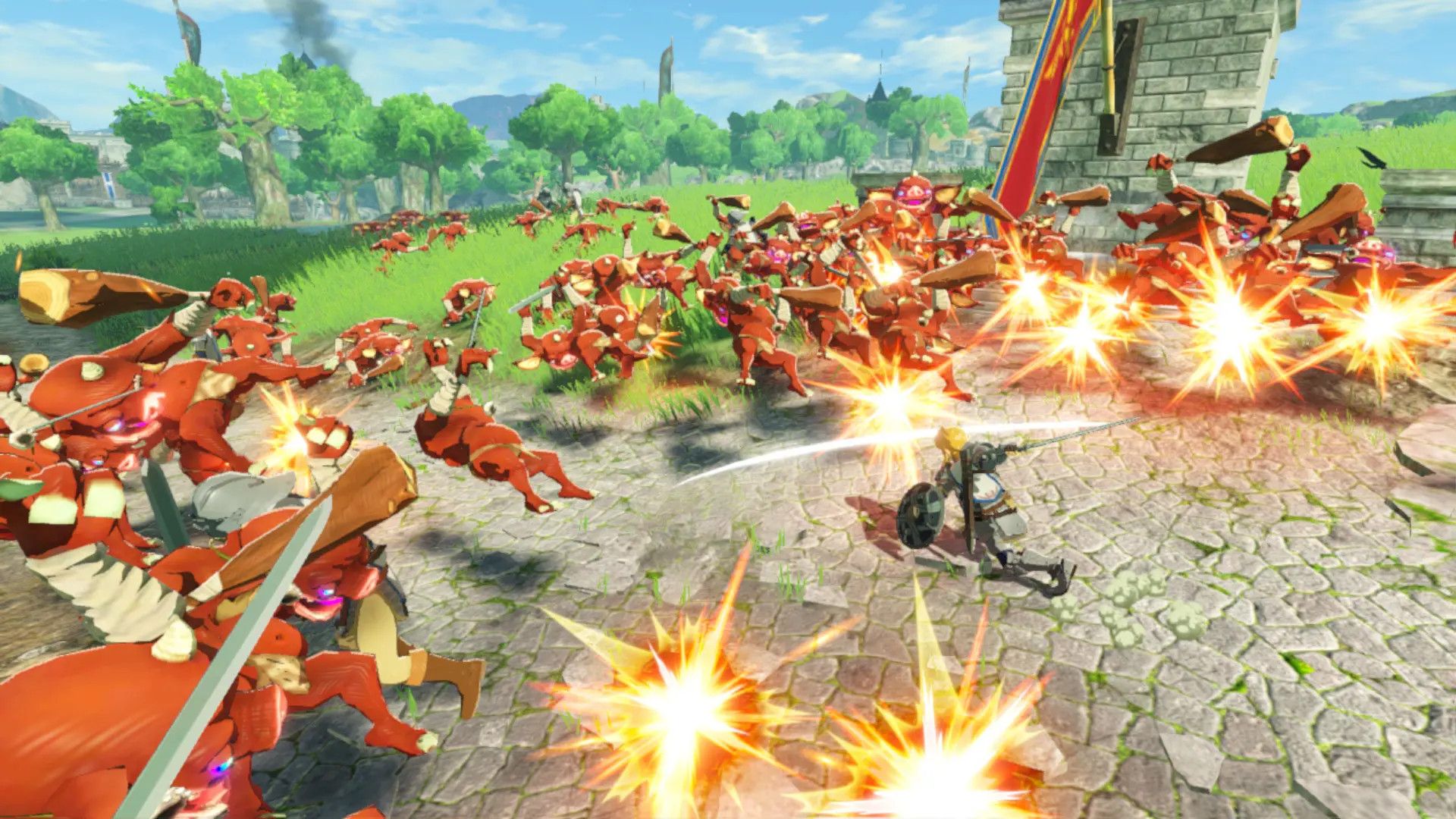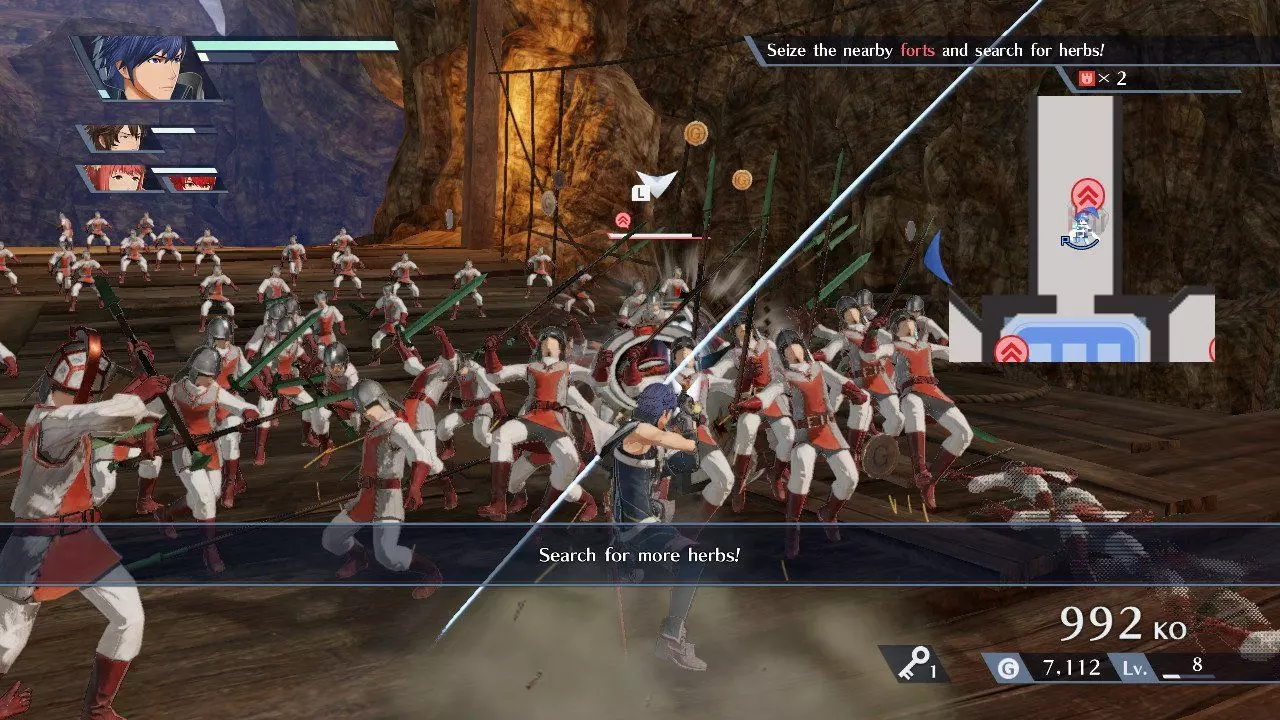The upcoming Hyrule Warriors: Age of Calamity is a far-cry from the gameplay style fans are used to from The Legend of Zelda franchise. While Breath of the Wild was focused on adventuring through a vast landscape, Age of Calamity, like the first Hyrule Warriors, focuses more on hacking through endless troves of enemies. While this departure from the formula may upset some Zelda fans, it makes the most sense in the context of the story. With Calamity Ganon's forces outnumbering Hyrule 1,000 to 1, it's fitting that one Champion would have to fight through hundreds of enemies just to make even a little a difference.
This particular style of gameplay is known as "musou" or "warriors." At its core, musou games feature one or two heroes facing off against entire armies while also completing various objectives, like rescuing villagers or capturing certain command posts. Additionally, each level usually includes an enemy general that has overinflated health and damage stats compared to the average foot soldier. This has been a rather successful formula for all previous "musou" games, and is likely to continue well after the release of Age of Calamity.
The game series that popularized this type of combat is Dynasty Warriors, which is the brainchild of Omega Force and Koei Temco. Dynasty Warriors roughly follows the events of Romance of the Three Kingdoms, albeit with major creative liberties. Originally, Dynasty Warriors was a one vs. one fighting game, much in the same vein as Soul Caliber. However, every Dynasty Warriors after the first one was the crowd hack-and-slash that fans have come to know and love.
The initial draw of these types of games is the lopsided situation it poses to players. One lone warrior has to face impossible odds in order to achieve victory. It's then up to the player to take the initiative and button mash their way through hordes of enemies. Once victory is achieved, it presents the player a unique sense of achievement in that a single person managed to change the entire tide of a battle.
Another staple of Dynasty Warriors is a wide selection of playable (and even customizable) characters. Each character has their own unique fighting style, using swords, lances, axes, bows or even magic. There are also more unusual characters who wield weapons like fans, claws or even flutes.
Unfortunately, as the series went on, players began to complain that the overall concept of cutting down hundreds of soldiers by button mashing was becoming increasingly monotonous. To keep fans interested, Koei Temco and Omega Force have collaborated with other developers to create musou games with a fresh coat of IP over it. An early example of this is Dynasty Warriors: Gundam, in which Omega Force worked with Bandai Namco to create a Dynasty Warriors game where players took control of Gundam Mechas instead of historical Chinese figures.
While the core gameplay principles remained the same, the new IPs helped attract new fans into the world of musou-type games. Omega Force would continue collaborating with other developers, creating Warriors games featuring well-known franchises like One Piece, Fist of the North Star, Berserk and even another Nintendo series, Fire Emblem. All of these games featured the tried and true formula of Dynasty Warriors but with fan-favorite characters from beloved titles.
At the end of the day, all musou games boil down to hacking and slashing enemies as if they were chaffs of wheat. While there are unique mechanics introduced in the crossover titles based on different series, the core concept remains the same. Regardless of how similar they are, these games can be incredibly satisfying for gamers who want that rush of being the last one standing after facing off an entire army.



